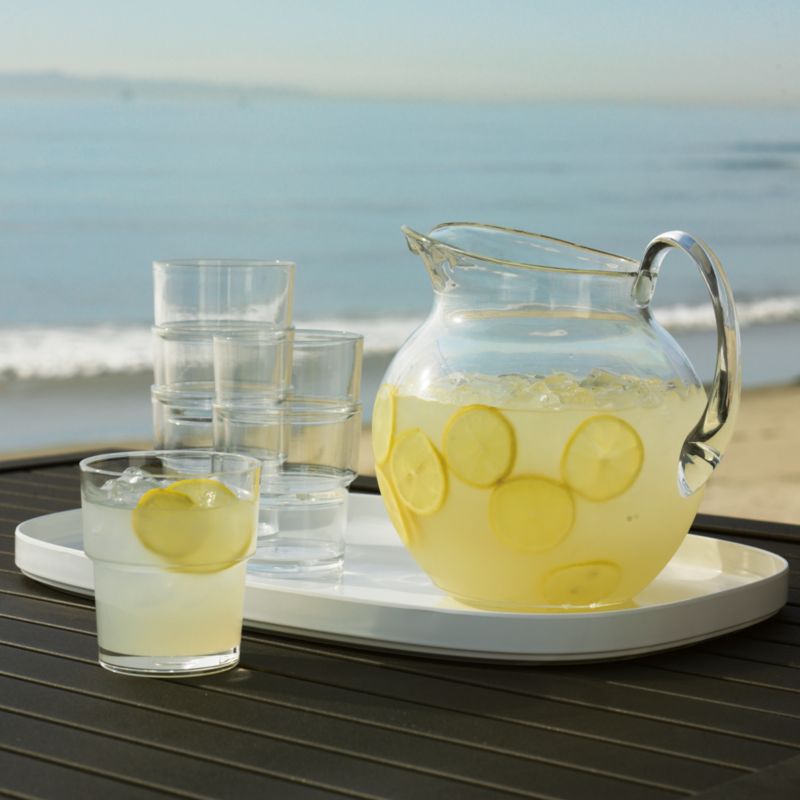European explorers who visited the island of Papua New Guinea in the 1950’s noticed that the Fore tribe suffered from a strange disease. The patient would initially have headaches, joint pains and tremors. They then show signs of weakness and are unable to stand. The shaking of limbs, a classic symptom of the disease, becomes progressively worse as the disease progresses (“kuru” is a Fore word for “to shake”). In the late stages, the patient shows other neurological symptoms such as uncontrollable laughter and emotional instability. By this point, their tremors and ataxia (lack of coordination) is so severe that they cannot sit without support. They may also suffer from inability to speak or swallow, become unresponsive to their surroundings, develop ulcers on the skin and become incontinent (cannot hold urine/faeces). Within 3 months to 2 years after the symptoms develop, the patient dies.
Kuru is exclusive to the Fore tribe and medical researchers were puzzled by the nature of this disease. It is incurable and takes more than 10 years to develop (from the time of infection). In 1961, Dr Michael Alpers discovered that kuru was spread due to a certain cultural behaviour within the tribe – cannibalism. The Fore tribe had a tradition of eating the corpse of a deceased tribe member at the funeral as to return their life force back in to the tribe. Of course, this involved the consumption of the brain as well.
It was discovered that kuru is caused by a strange pathogen known as a prion. Prions are misfolded pieces of proteins that cause disease by converting the body’s proteins into “wrong” proteins. These new prions then convert more proteins until the body is filled with deposits of such proteins. Prions mainly affect the brain and cause spongiform encephalopathy – meaning that the brain becomes sponge-like and full of holes. The most famous example of prion disease is mad cow disease.
After colonists took over Papua New Guinea, cannibalism was banned and kuru faded away. This was proof that cannibalism was what spread the prion from one victim to another. It was also discovered that women and children had a higher incidence as men would have priority in choosing what part of the body to eat first. As with lions, the men always chose muscles first and women and children would often finish the organs such as the brain. As prions are indestructible, it cannot be treated, cured or prevented (other than not eating brains). It also means that it transmits perfectly from a dead patient to an unsuspecting victim who is feasting on the infected brain.
A disease that causes the brain to disintegrate, causing limb shaking and inability to walk, spread by the ingestion of brains. Is it possible that zombies are caused by eating brains and not the other way around?









